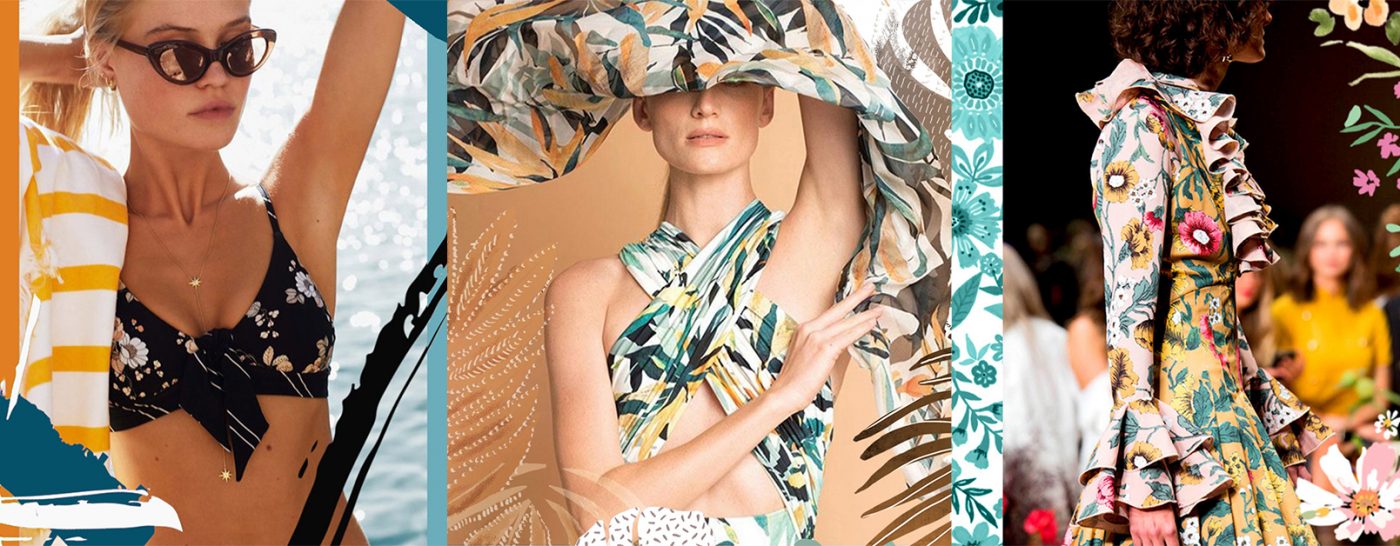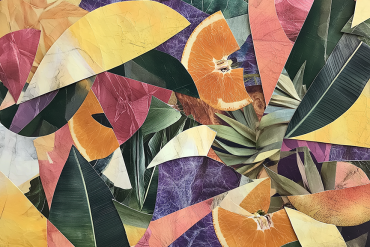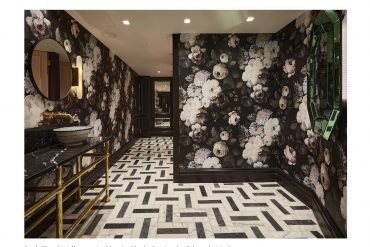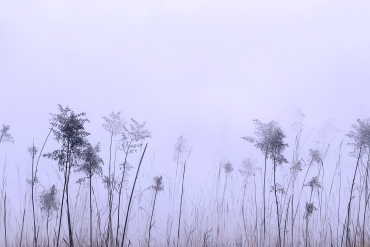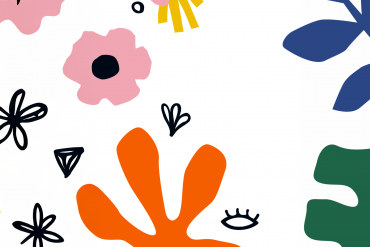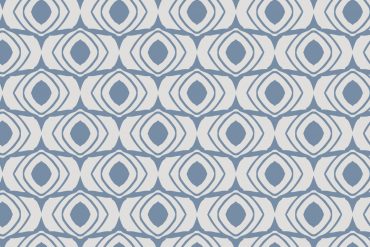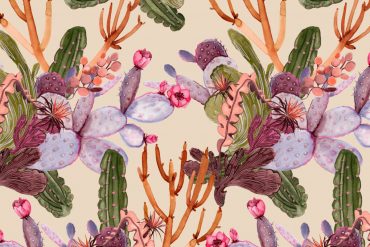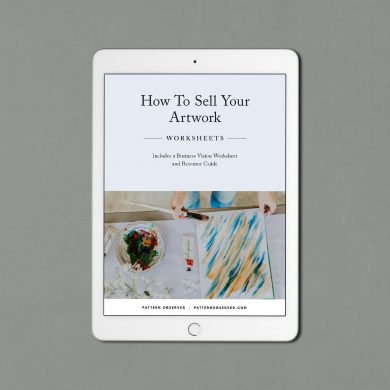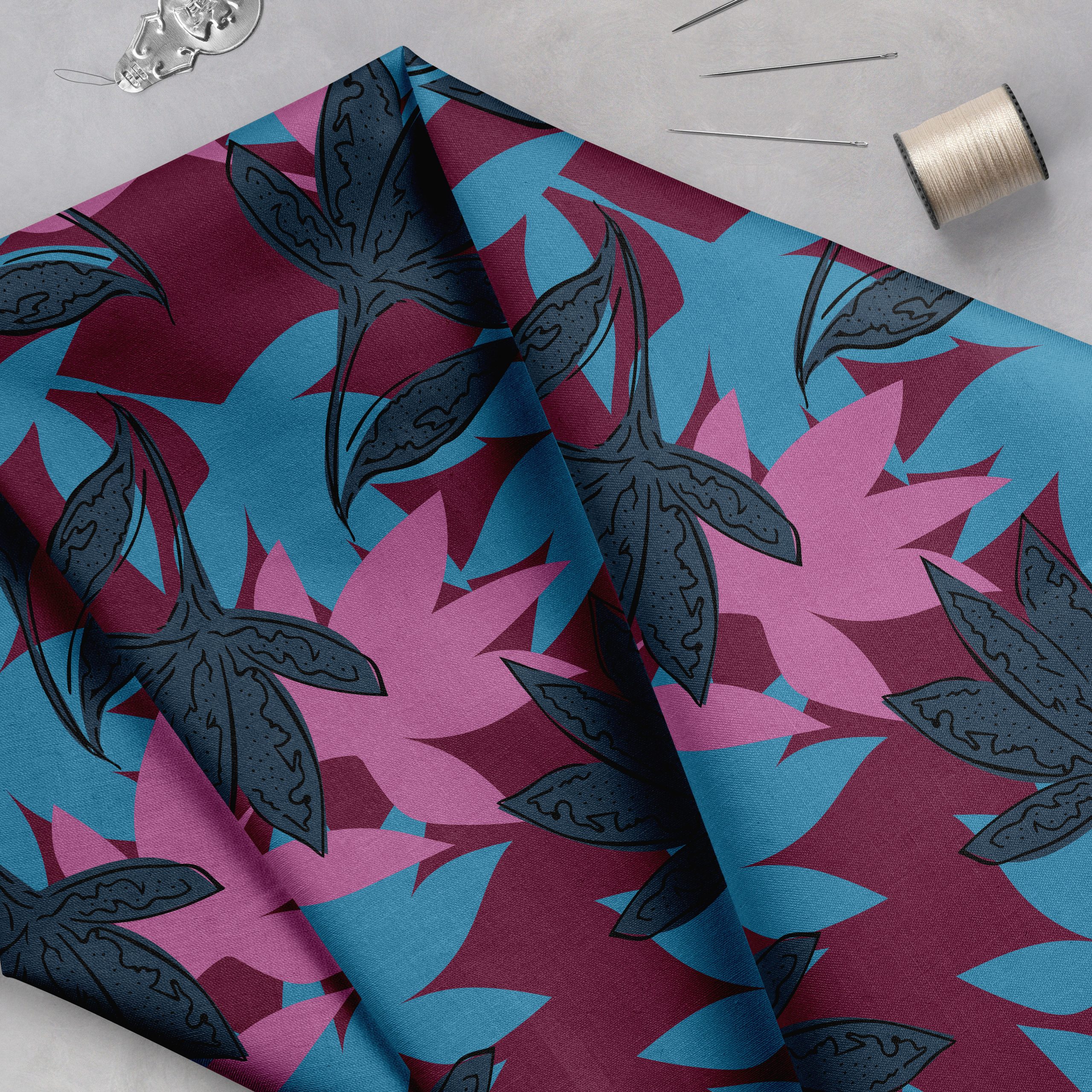Din + Bloom is based in Melbourne, Australia and offers clients trend driven textiles that blur the lines of art and fashion. Their all women team creates textile designs for clients around the world- from the street to catwalk, gigantic to small companies, and across most manufacturing categories – fashion, home, stationary, junior etc. Founder Kate Honey sat down to answer a few questions to introduce her company to us and provide everyone some OUTSTANDING tips on applying to print studios. She will be presenting live in the Textile Design Lab on March 1st at 3pm EST.
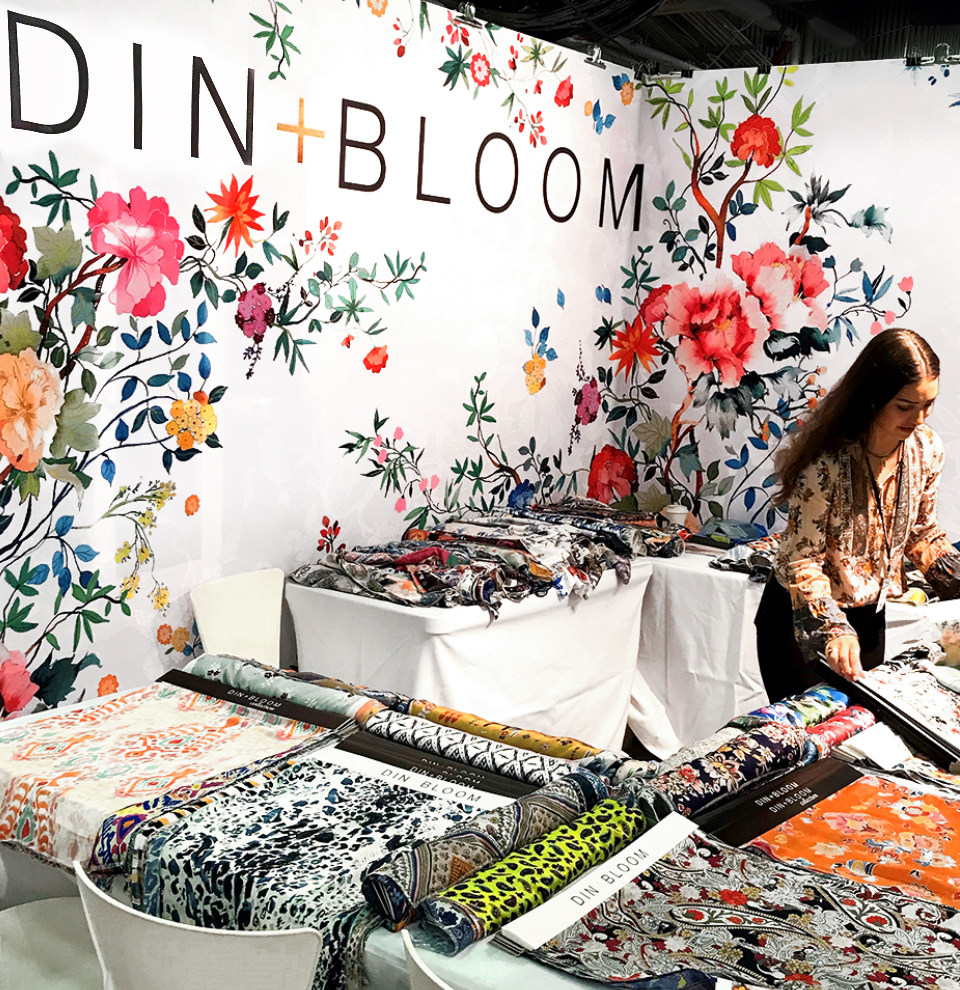
Tell us about how you started your design studio, how long have you been in business and how have things changed since you started?
I started the business ten years ago as founder after working as a textile designer and trend forecaster for several years. I’m now the Director of the company and we have a Creative Director, Sales and Business Development Manager, Marketing and Sales Support, Accounts and Operations Support (part time) three full time designers and we use a range of (fabulous!) freelance artists on a consignment basis (which is common for the industry) from all around the world. We are based in Melbourne, Australia and our biggest territories are the US and Australia, though we support clients in many countries and across many manufacturing categories from fast manufactured consumer goods (FMCG) to boutique small businesses.
The learning curve of a small business is indeed steep! Truthfully, myself as a leader (and the studio as a direct result) were very reactive at the start – doing whatever was in front of our noses on a day-to-day basis, as opposed to finding the time to be strategic about the next steps or focusing on how to grow in a more organic way. I worked in wholesale internationally for many years, so having had a lot of experience in working with different organisations and buying teams I would always prioritise their needs over our own, which in a way was counter intuitive, because really, we needed to focus more on the print collection and making sure we had what they needed for their ranging from the start. As opposed to having to backfill or create commissioned work for them retroactively (far more labour intensive and not so great for us margin wise ether!).
Part of that started to change as I become more confident being in the industry and started hiring and working with the right people. This is such a huge lesson – I have been lucky enough to work with seriously brilliant people in our team throughout the business (and many who have come from industry contacts and friends). Especially our exceptional Creative Director, who has been with us for 8 years and has always kept me accountable to our vision. Honestly without her or the team of incredible women throughout I don’t know if we would have made it through. Collaboration for the win every time for us!
Initially I intended on creating a platform for clients to automatically select and download artwork from (the company was initially called Pattern Source) but it transpired that people were too hesitant to buy online at that stage. Ranging is hard digitally – especially when you are working with various print house suppliers, clients really wanted to be able to see the fabric swatches to create their development with, which I totally empathise with…it’s a complex situation.
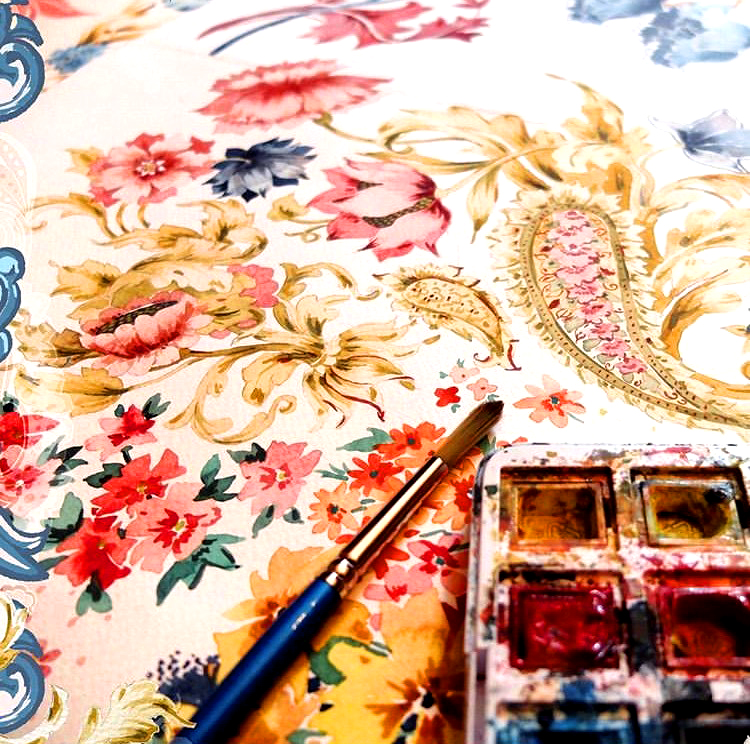
It’s been interesting over the last two years, if you think of Covid creating a time of great disruption (and with business this can be opportunity too) then the uptake is still much slower than expected. Some industries have seen a rapid acceleration (fast forwarding 10 years in terms of digital adoption etc) yet the manufacturing industry is quite traditional and still hesitant to an extent. Even though our online sales have increased, we still find clients prefer purchasing from printed silk headers, whether this be online or through zoom meetings etc.
I’m surprised at this stage that the design chain doesn’t have more emphasis or proactivity to sustainability – though hopefully we have seen this beginning to change over the last year particularly with the COP26 climate change goals. The reality is fashion manufacturing is resource intensive and one of the least environmentally sustainable industries, it is daunting and quite frankly pretty darn scary to look at the impact in any detail here! To create meaningful change everyone within the industry from design through to supply chain needs to work together and accelerate to find the solutions. No one part of the industry can change this uniquely and I am so inspired to see other print houses, designers and clients adopting their own individual innovations here.
May we continue to inspire each other so the textile and print community can collaborate to create a future that looks safer and better for us all.
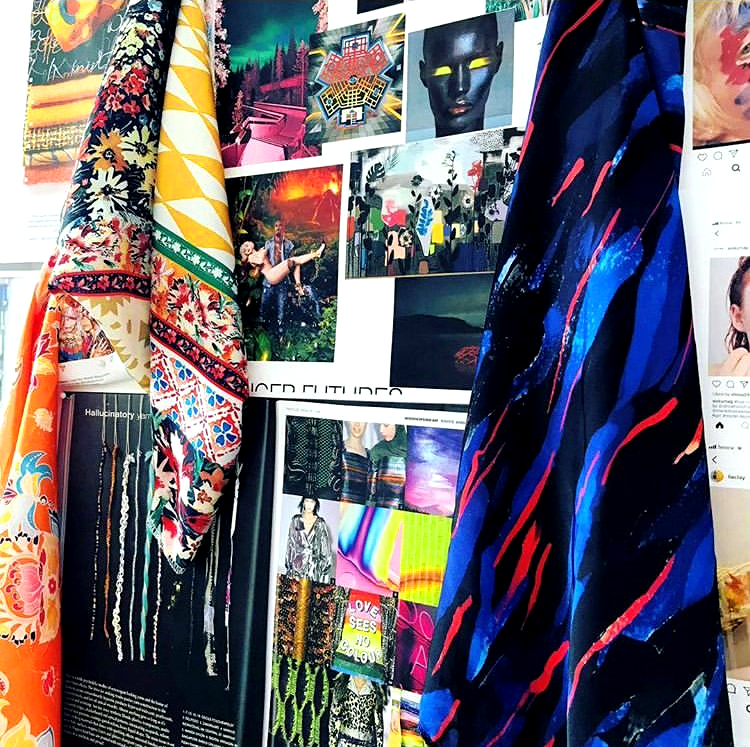
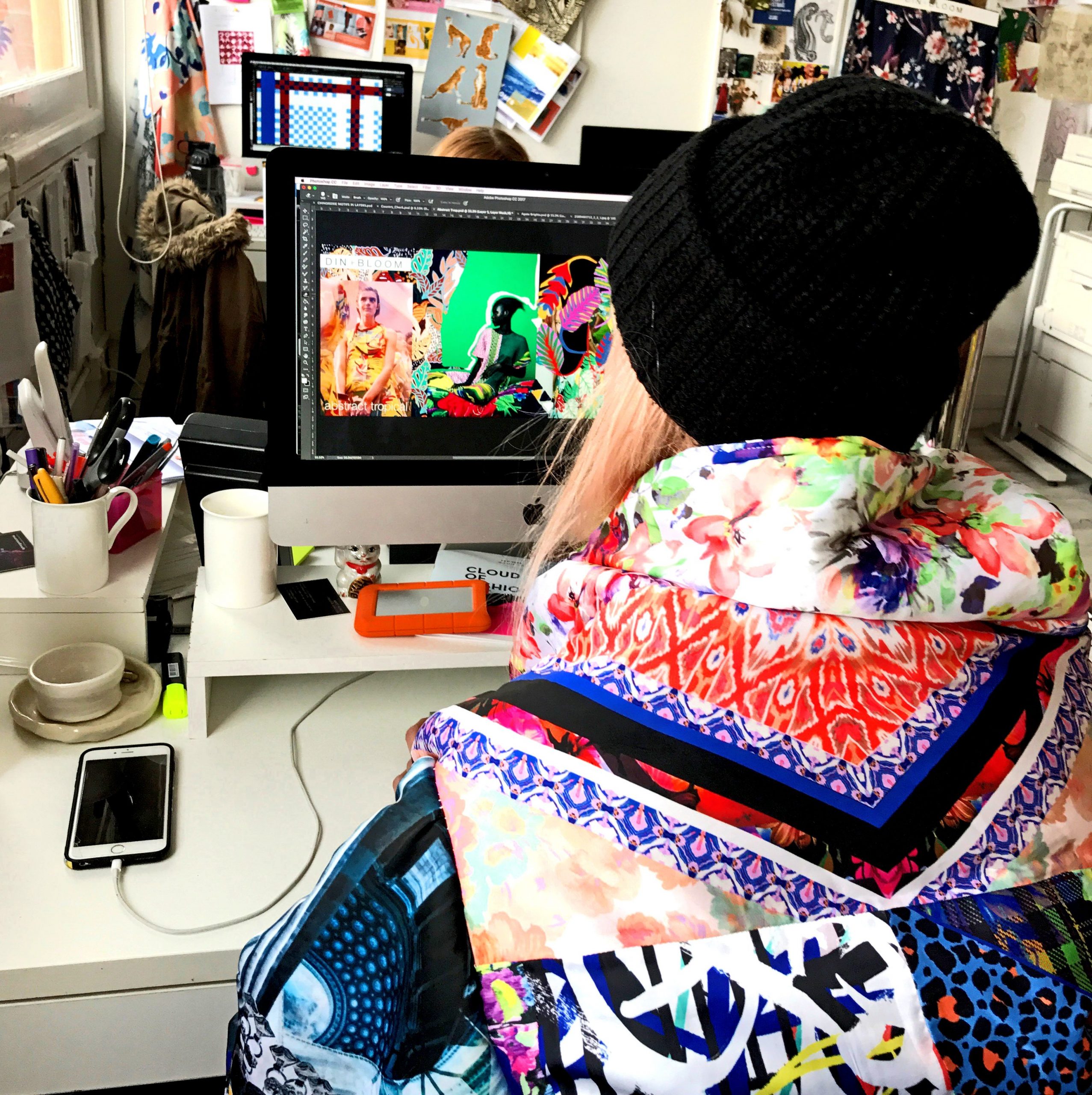
Can you give us tips on applying to freelance with your company, what do you want to see in designer’s portfolios? How can designers stand out? What mistakes are common?
First thing to mention is that we need to be able to access your information easily, as we get a high number of enquiries and like many other small businesses, we are very busy, so you need to send your folio and CV in a format that is easily accessible and quick to view. Ideally this would be attached to an email (great idea to trial this first to make sure it opens easily) anything that is attached to a drive/ needs a password or is external means we are less likely to view. Jpegs that are too small are problematic as well, it makes it challenging to see any of your lovely intricate or hand worked techniques. Less is also definitely more here, show your very best work – folios that are anything longer than 10 or so pages tend to dilute the impact of strong examples.
In terms of design the most important thing is that we see a diverse style in your work. As a print house we service a variety of customers from high street to catwalk – big to small and across most manufacturing categories (fashion, home, stationary, junior etc) so we need to know that a designer has the capacity to vary their hand. We expect our in house and freelance designers to move from a mark marking non print, to an intricate paisley, to a hand painted floral seamlessly. Anything you can do to create more diversity in your handwriting and folio is a phenomenal asset to any print house, retailer or brand you may apply to. It’s worth mentioning that we would look for experience in both digital (say photoreal florals or textures) and hand worked techniques too. Ideally you will have demonstrated artisan hand illustration/ painting skills and a strong understanding of how digital techniques can be used to create a diverse and sophisticated print range across all categories. Not all the prints you show need to be hero – it’s great to see pretty ditsies and stylised monochrome animals etc.
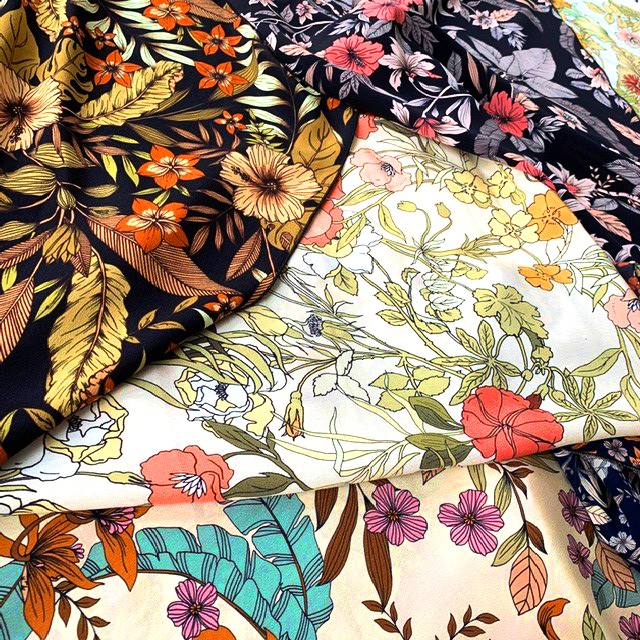
This leads onto another point worth mentioning and that is that it’s important for you to keep your folio updated so that some element of it can reflect current marketplace trends. It’s great to show commercial application of a current catwalk or macro trend. Doesn’t all need to be new – but keeping in mind that something seasonal means we know that you understand print and trend and have the ability to adapt this to a commercial marketplace.
Everything we do for our clients is in repeat layout and we pride ourselves on how technically accurate our files are. So, we would also look for sophistication in how you structure your repeats – they need to have flow and movement and anything that looks like it has ‘train tracks’ is something we keep an eye on.
Less can be more with colour too. Most of our clients work with very precise palettes so if they need to screen print final product for better costings they can (10/12 colours including base) so it’s always great to see successful monochrome prints and that you know how to achieve them with a restrained palette. Again, variance is great with colour – love to see some summer/ swim brights and that you can also create designs that have more of a transeasonal or traditional A/W feel. I understand that as designers we all have favourite palettes or colours, (literally haven’t been able to let pop brights and neutrals go for years now!) and that we naturally return to these but seeing similar palettes throughout your folio lessens the impact of your designs.
Show all your skills! Majority of print houses are small businesses so can be under resourced with their workload – any additional skills you may have (photography, marketing, garment flats, illustration, graphic design, customer service, trend development, any industry experience etc) could possibly help support another part of the business and demonstrates your ability to be both flexible and collaborative.
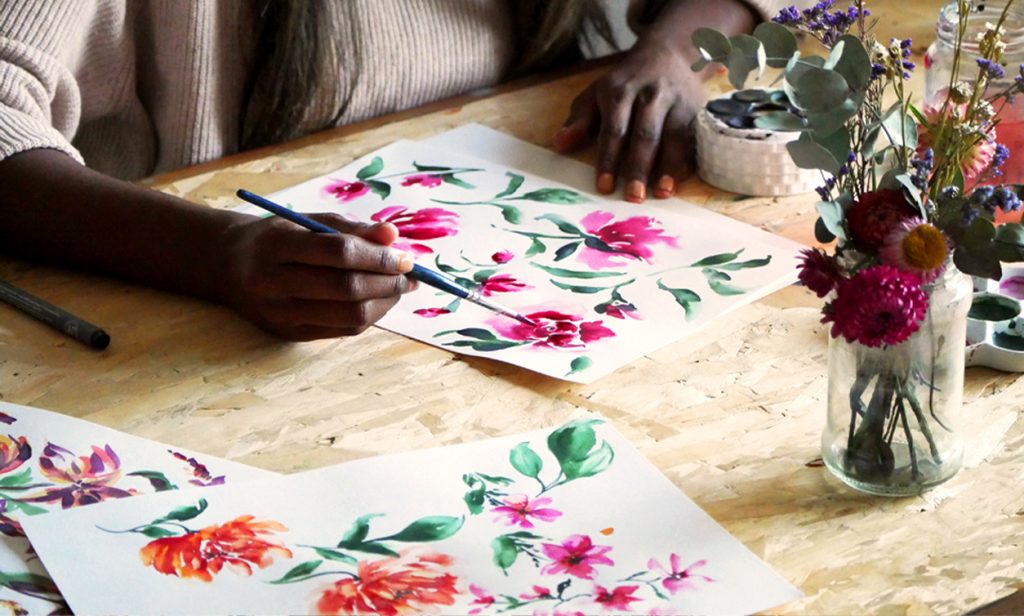
The last thing I would mention (as this is rapidly becoming a novel!) is that we don’t need exhaustive CV’s or application letters. A friendly tone is great and being truthful anything personalised always has more impact too! For us a design degree is not necessarily required if you’ve had industry experience, and some of the very best designers we’ve worked with have come from range of backgrounds and trained themselves throughout their career. Consistently upskilling is vital as industry moves forward so quickly. Designers who are excited and enthusiastic about their work and being in the industry are such a joy to see and meet – so make sure you communicate your passion for surface design in your own unique way.
We LOVE to see it and we look forward to hearing from you! You can find us on Instagram and our website
All of March in The Textile Design Lab we will be focusing on applying to Print Studios and Agencies. There will be three presentations from successful print studios and agencies as well as two demonstrations on how to use Adobe Photoshop and Illustrator to organize your files and present your portfolio. We will also be sending out archived tutorials and tips from previous presentations the entire month to help you prepare your portfolio and resume so you can be hired be your dream clients! Members of the lab who sign up for the course can also get access to WGSN to help research trends and color palettes. You can find all the info to sign up on the Textile Design Lab website.

